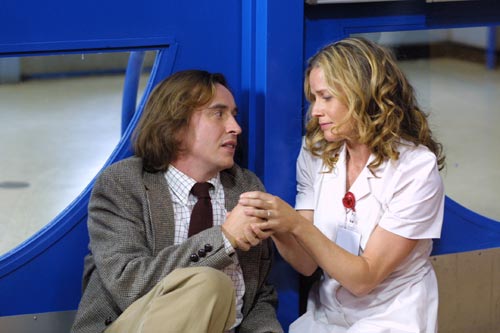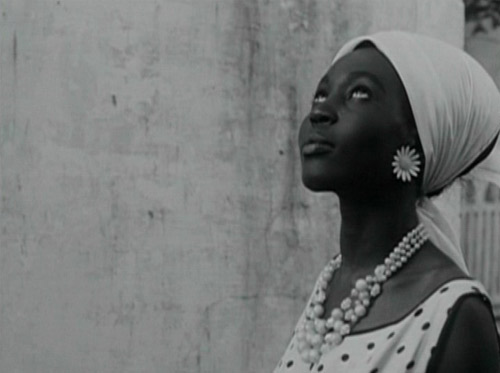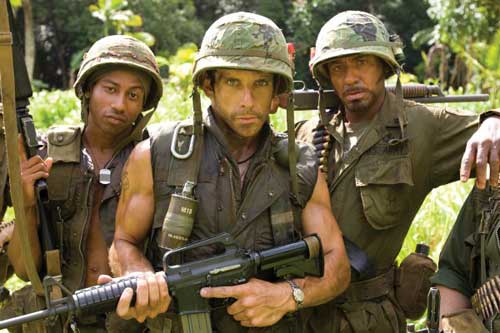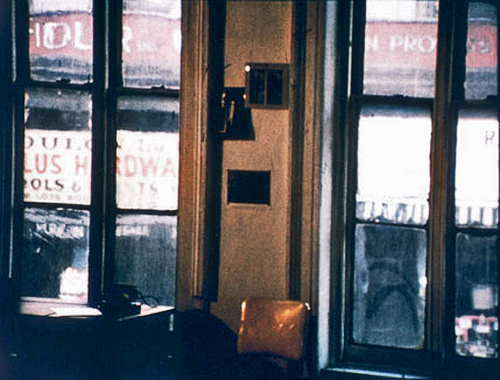
Over Labor Day weekend, a major hurricane seems to have just missed New Orleans. But exactly three years ago, when another strong-but-not-record-breaking storm just missed New Orleans, much of the city was under water a day later. The national lack of curiosity about how and why that happened, after the arrival of a storm that was well beneath the supposed limits of the levee system, is astounding. When they speak about it publicly, government officials most often blame Mother Nature while critics of those government officials blame the lack of leadership in a time of crisis.
If you drove your car at 75 miles per hour down the highway and the wheels flew off sending your family into the ditch, you'd expect a better answer than, "Well, 75 is really fast." Or: "It's horrible that the ambulance took an hour to arrive." Yes, but. Nearly every American lives within reach of a major piece of infrastructure built by the same group who designed and built those levees, the Army Corps of Engineers. So you can even set aside compassion, if you want, and tether your inquiry to good old fashioned self-interest. Our mysterious national lethargy doesn't arise from either impulse.
Trouble the Water, a documentary by Carl Deal and Tia Lessin, exposes one small part of the tragedy and highlights the fact that the storm was just one chapter in a story that continues to this day. It's the story of Kimberly and Scott Roberts who didn't have the means to get out of New Orleans before the hurricane arrived. They rode out the storm, and the movie's buzz has centered around the footage that Kimberly shot as the water rose to the rafters of her Ninth Ward home. It's a compelling eye-witness account, even though the picture is as jerky as a video camera in a hurricane, but the footage serves mostly as the introduction to a movie whose heart lies beyond the storm and beyond New Orleans proper.










